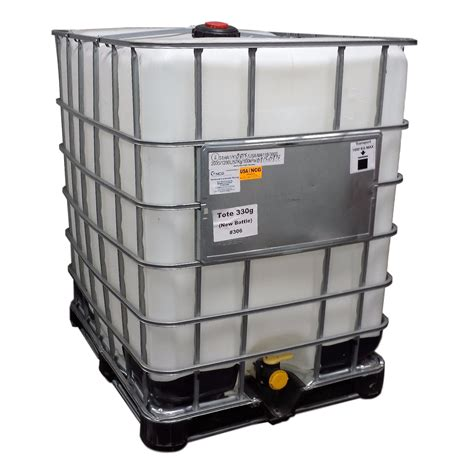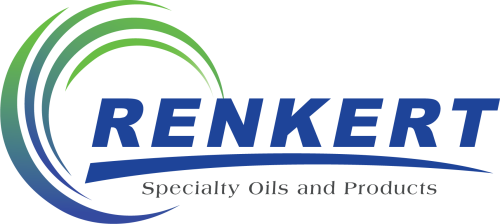A chain is only as strong as its weakest link, and your business is only as good as your raw materials supply chain. Principles from specialty oil supply logistics can strengthen it.
Some of the following tips are specific to liquid raw material transportation. But some concepts are universal.
Consider asking your supply partners whether they use any of these practices to bring down supply chain costs.
1. Inventory Management
Given how unstable global supply chains have been throughout the pandemic and still today (at the time of writing), it’s never been more important to stock up and maintain a healthy inventory.
Of course, the downside is the added “carrying cost” of maintaining a warehouse. This can be as much as 30 percent of your total inventory value.
By outsourcing inventory management to a stocking supplier, a.k.a. two-step distributor, you can reduce or even eliminate your own carrying costs.
(Renkert Oil also maintains these inventories at locations throughout the U.S. and Europe, cutting down transportation time as well.)
2. Terminal Efficiency
Inefficiencies in the transport of key raw materials are often considered a necessary cost of doing business. But suppliers can do a lot to mitigate delays and shorten delivery windows.
For example, it’s not uncommon for specialty oil trucks to wait in line for hours for pickup at the terminal. The wait can burn many of the hours that truckers are allowed to work each day, which in turn can push deliveries back a full day.
Suppliers can solve these problems with logistical changes, altering the way their terminals are set up for the process of unloading, weighing, loading, and weighing again. We’ve made several of these changes to gain many benefits.
In addition to simply arranging to load as close to our tanks as possible, we’ve also positioned a drive-on weight scale at the loading zone.
In this one-stop method, the tare weight (unladen weight) of a truck is taken at the loading position, and then the oil is loaded and gross weight documented. Also, the bill of lading weight calculation is eliminated this way, which has the added benefit of streamlining the paperwork.
3. Container Efficiency
Another way to cut costs is by optimizing the containers used to transport your raw materials. Container dimensions can have a far greater impact on cost than you may realize.
Specifically, liquid raw material suppliers can work with you to determine your best option for container solutions, such as comparing intermediate bulk containers (IBCs) with standard drums.
“One IBC holds the equivalent of 6 drums, yet has a footprint that is 33% smaller. By choosing square IBCs over round drums, you can move more liquids in fewer containers and realize substantial savings in labor, warehousing and shipping costs.” – Tom Wilkins, Metano IBC Services, Inc.

4. Fixed Supply Points
Though container shipping is necessary for some operations, the most economical option for most is to maintain an on-site container (or containers) for liquid materials that can be filled from a tanker.
This reduces the cost of shipping, in some cases as much as $1 per gallon (for the bulk rate vs. the packaged rate).
Keeping your container at a fixed supply point also adds more efficiency to the delivery process, avoiding operational delays and further supporting just-in-time delivery.
Furthermore, you can eliminate the need to return empty containers and avoid the cost of disposing of them.
5. Rail Transloading
No matter how efficient your supplier’s trucking solution is, a good partner looks for ways to reduce supply chain costs through the use of a variety of transport solutions.
Any use of rail to supplement trucking can significantly reduce cost, relieving pricing pressure and allowing your supplier to extend more pricing flexibility to you.
The same tonnage transported long distance by rail can cost as little as 25 percent of the cost of trucking over the same distance. To capture these cost savings on behalf of our customers, Renkert Oil invests in truck/rail transloading facilities throughout the U.S.
Contain Costs with Renkert’s Specialty Oil Logistics
We’ve spent the last four decades perfecting these and other ways to shed “pounds” of inefficiency without sacrificing an “ounce” of quality.
As we have invested in holding deep inventories and working with the best shipping companies in the world, we’ve also established meticulous processes for testing and handling.
These efforts earn us regular recertification in FDA safety, Safe Quality Food, REACH compliance, and others.
The result is a specialty oil supplier you can trust to provide you with products of the most consistent quality, on time, and at a competitive cost.
Questions about partnering with Renkert Oil? Let us know. We’re here to help!

